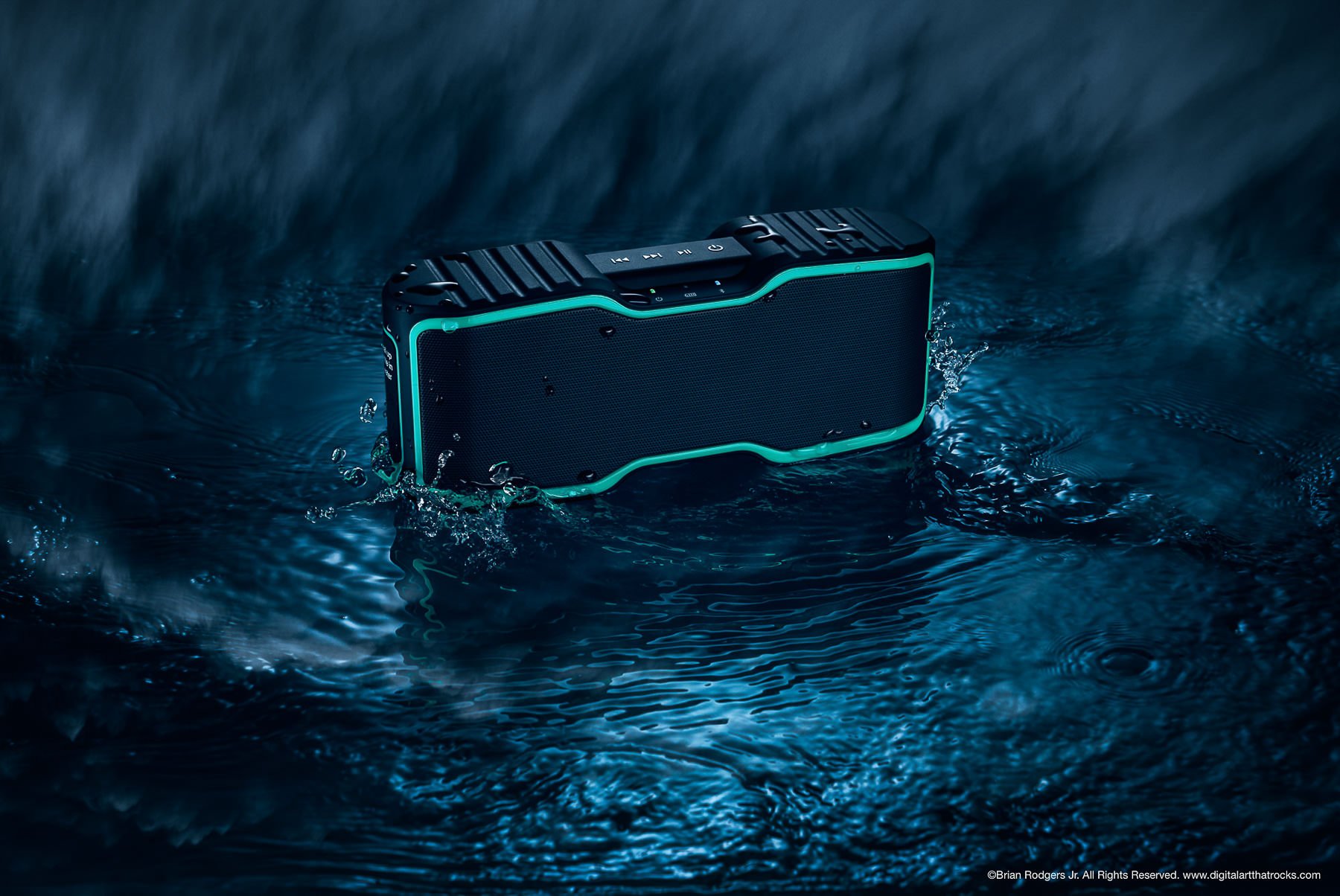What Is Post Production? A Client's Guide to understanding "Post" In Commercial Photography
If you've ever spent time around a team of creative professionals, then you've probably heard a phrase like "we'll do that in post." As the client, you may be asking yourself, what is post-production exactly? In this article, I'll give you the rundown on what post-production is and what that process entails as it relates to the commercial photography industry.
What Is Post-Production?
Post-Production is an industry term used widely across many creative fields including commercial photography, filmmaking, video production and audio production to name a few. I like to think of any given creative project in 3 phases; Pre-Production, Production and Post-Production. In short, post-production is the the next phase after "production" and simply refers to all the work being done after a photo shoot has taken place.
Post-production tasks can vary depending on the industry you're referring to. For example, in terms of filmmaking, post-production would include things like cutting raw footage, assembling that footage into sequences, adding music and sound design, color grading, mastering and rendering.
In commercial advertising photography, post-production is an essential part of the image making process. When it comes to producing high level commercial imagery, retouching and compositing skills are equally as important as quality capture on set. Post-production services, as it relates to commercial photography, can include a wide variety of tasks. Some of these tasks are highly creative and involve specialized skill sets while other post-production related tasks require diligent organizational skills, communication skills and a keen eye for detail.


Post-production services for commercial photography
Post-production services for commercial photography include but are not limited to the following:
Communication - Just as important as the project at hand, communications skills shouldn't be understated as it relates to post-production. Part of my post production workflow involves me keeping in contact with my clients so they have an idea of where I am throughout the post-production process.
File organization - Downloading, organizing and renaming files. (This could be hundreds or even thousands of files)
Culling (Image Selections) Going through each photo one by one and making decisions as to which images will be be selected for further adjustments, retouching and/or compositing.
Processing RAW Files (Digital Negatives) - Think of raw files as an unprocessed roll of film. RAW files are digital negatives that need to be processed before any retouching can begin. This process can include color correction, exposure, sharpening, contrast, and lens corrections.
Pathing, Masking & Selections - This process is often referred to as "knockouts" "cutouts" or "clipping paths." It usually involves using the pen tool or other advanced selection methods using software like Photoshop in order to change the background of an image, create very specific local adjustments and refinements, or prep an image to be composited into other images.
Compositing - this process involves creatively combining 2 or more images, frames or plates that have been pathed or masked into a single cohesive composite image.
Retouching - usually refers to any cleanup work that might need to be done on an image. This can include things like removing blemishes and other imperfections in addition to removing distracting elements like power lines. The amount of retouching needed will vary dramatically depending on the type of imagery being retouched.
Online Viewing Galleries - Provide you the client, the ability to view images that are a work in progress as well as final images
File Delivery - This involves exporting all final images as JPEGs or TIFFs and uploading them to services like Dropbox, Google Drive etc. for final delivery to the client.
Post-Production is an art unto itself which is why there are companies that specialize soley on providing post-production services. While some photographers often choose to outsource these services, as a commercial photographer and digital artist at Digital Art That Rocks™, I choose to embrace post-production and view it as an extension of my creative process.
In my experience, I’ve found that both photographing and retouching my own work has played an essential role in allowing me to fulfill my vision as an artist. Having control of the entire production pipeline from photo shoot to final output also allows me to offer clients a higher level of communication and artistry. Additionally, I truly believe that these skills have allowed me to build a solid reputation for offering my clients unique, world class commercial imagery and continues to push Digital Art That Rocks forward to this very day.
Be sure to check out some "Before & Afters" on my Retouching/Compositing page to get a better idea of what the creative side of post production truly looks like.

